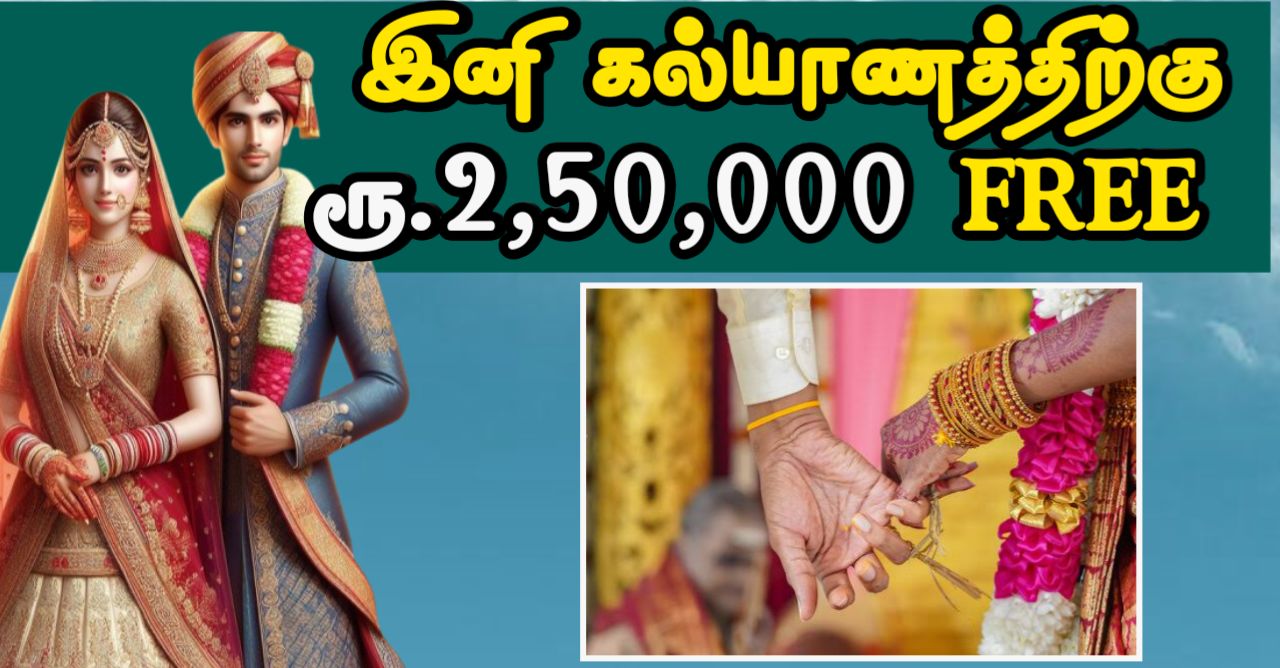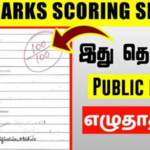
Caste-based discrimination has been a long-standing issue in India, impacting millions and hindering societal progress. To address this challenge, the Inter Caste Marriage Scheme was introduced to encourage marriages between individuals from different castes, breaking social barriers and fostering unity. This article delves into the objectives, benefits, challenges, and the impact of this transformative initiative.
Introduction to Inter Caste Marriage Scheme
The Inter Caste Marriage Scheme is a government-led initiative aimed at promoting inter-caste marriages. By offering financial incentives and social support, the scheme seeks to challenge deep-rooted caste-based prejudices and create a more inclusive society.
Objectives of the Scheme:
- Eradicating caste-based discrimination: Encouraging inter-caste marriages to dissolve social hierarchies.
- Promoting social harmony: Bridging the divide between various communities.
- Supporting couples: Providing financial and logistical assistance to inter-caste couples.
Historical Background
Social Challenges of Caste Discrimination
India’s caste system has historically perpetuated inequality, limiting social mobility and enforcing segregation. Inter-caste marriages, though rare, have always been a bold step towards challenging this status quo.
Evolution of Government Interventions
The Indian Constitution enshrined the right to equality, paving the way for programs like the Inter Caste Marriage Scheme. The scheme began as a measure to reward progressive individuals and couples who defied societal norms.
Key Features of the Scheme
- Financial Incentives:
- Monetary assistance ranging from ₹2.5 lakhs to ₹5 lakhs, depending on the state.
- Payments are often disbursed in installments to ensure continued support.
- Social Benefits:
- Legal and logistical help for registering marriages.
- Provision of housing or subsidies for homeownership.
- Eligibility Criteria:
- One of the partners must belong to a Scheduled Caste (SC).
- The marriage should be legally registered under the Hindu Marriage Act or Special Marriage Act.
Implementation and Guidelines
How to Apply
Eligible couples can apply through their state government’s dedicated portal or district offices.
Verification Process
Applications are subject to a thorough verification process, including caste certificates and marriage registration documents.
Government Bodies Involved
The scheme is managed by the Ministry of Social Justice and Empowerment, along with state-level welfare departments.
Eligibility Criteria
- Caste Requirements:
- One partner must belong to the SC community, and the other to a non-SC community.
- Marital Status:
- The couple must have married for the first time.
- Age:
- Both individuals should be above the legal marriage age (18 for women and 21 for men).
Incentives Offered
- Financial Support:
- Lump-sum amounts to aid in starting a new life.
- Scholarships for children born from inter-caste marriages.
- Housing Assistance:
- Subsidized loans or grants for purchasing property.
- Education and Employment:
- Skill training programs for couples and their families.
State-Specific Variations
Different states offer variations of the scheme. For instance:
- Tamil Nadu provides ₹2.5 lakhs and gold for mangalsutras.
- Maharashtra has set up exclusive help desks to guide applicants.
Benefits to Society
- Reduction in Discrimination: Inter-caste marriages challenge stereotypes and promote acceptance.
- Strengthening Democracy: Equal treatment of all citizens underpins a robust democracy.
- Economic Upliftment: Financial incentives help reduce poverty among marginalized communities.
Challenges and Criticisms
Despite its merits, the scheme faces challenges:
- Social Resistance: Conservative communities often oppose such unions.
- Implementation Gaps: Delays in processing applications can discourage potential beneficiaries.
Steps to Improve the Scheme
- Increasing Awareness:
- Conducting workshops and campaigns to educate people about the scheme.
- Strengthening Enforcement:
- Ensuring timely disbursement of benefits and addressing grievances.
- Regular Monitoring:
- Tracking the effectiveness and updating policies as needed.
Success Stories and Impact
Many couples have benefitted from the scheme, inspiring others to follow suit. For example:
- A couple in Kerala received full financial aid and used it to start a successful business, proving the transformative power of the scheme.
Role of NGOs and Activists
Non-governmental organizations play a vital role in supporting inter-caste couples by:
- Offering counseling services.
- Assisting in legal procedures.
Government and Legal Framework
The scheme aligns with constitutional values, supported by:
- The Protection of Civil Rights Act.
- The Hindu Marriage Act and Special Marriage Act.
Comparison with Other Countries
Countries like the USA and Brazil, known for their diverse societies, have implemented similar programs to combat racial and social discrimination. India can adopt best practices from such models.
Future Prospects
As society evolves, the scheme must adapt:
- Expanding financial support.
- Offering scholarships to children of inter-caste couples.
- Integrating the scheme with other social welfare initiatives.
FAQs
- Who can apply for the Inter Caste Marriage Scheme? Any couple where one partner belongs to the SC community and the marriage is legally registered.
- What financial assistance is provided? Couples receive ₹2.5–5 lakhs, depending on the state and central schemes.
- Are there any tax benefits for inter-caste couples? Some states offer exemptions on property taxes for such couples.
- Can the scheme be availed more than once? No, it is applicable only for the first marriage.
- What documents are required? Proof of age, caste certificates, marriage registration, and bank details.
- Where can I apply? Applications can be made through state government portals or district welfare offices.










